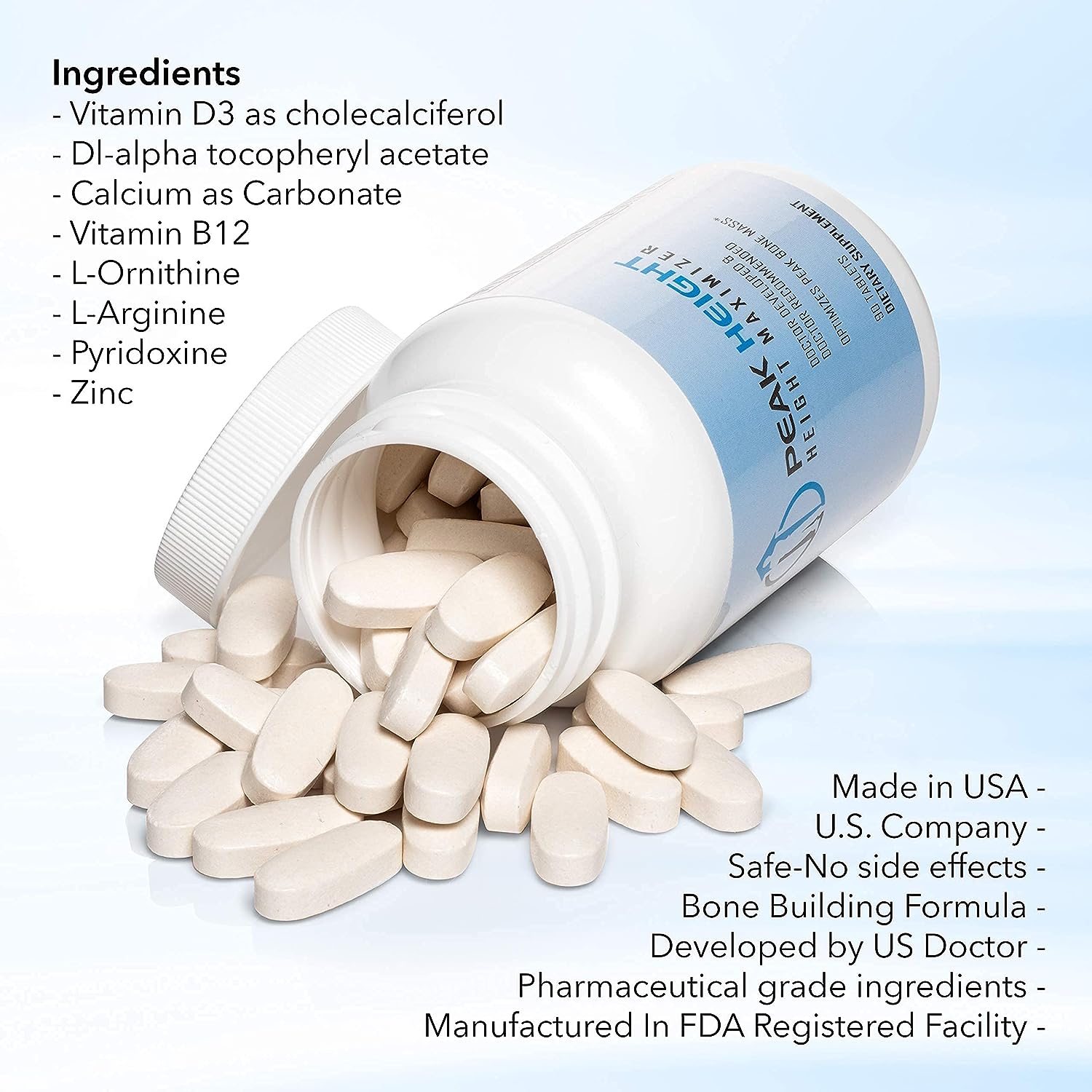Introduction to Codeine Phosphate Hemihydrate
Codeine phosphate hemihydrate is an opiate used for its analgesic properties to relieve mild to moderate pain. Chemically, it is a salt of codeine, which is derived from the opium poppy. The hemihydrate form indicates that each molecule of codeine phosphate is associated with half a molecule of water, which influences its solubility and absorption in the body. This compound is classified as a narcotic analgesic, emphasizing its primary role in pain management.
In terms of chemical composition, codeine phosphate comprises codeine, a naturally occurring alkaloid, and phosphate, a basic compound containing phosphorus. Its structure allows it to interact with specific receptors in the brain and spinal cord, leading to a reduction in the perception of pain. Typically, codeine is utilized in pharmaceutical formulations for various applications, making it a versatile option in medical settings.
One of the notable aspects of codeine phosphate hemihydrate is its common use in combination with paracetamol, a widely recognized analgesic. This combination is particularly effective, as paracetamol enhances the pain-relieving effects of codeine. This synergy is often utilized in clinical practice, allowing for reduced dosages of each medication, thereby minimizing the potential for adverse effects associated with higher doses of codeine alone.
Furthermore, codeine phosphate hemihydrate holds importance in treating cough relief due to its ability to suppress the cough reflex. It is frequently included in cough syrups intended for symptomatic relief in respiratory conditions. Understanding the pharmacological properties and uses of codeine phosphate hemihydrate is essential for healthcare professionals and patients alike, as it informs decisions regarding pain management and the treatment of various ailments.
Paracetamol: A Key Accompaniment
Paracetamol, also known as acetaminophen, is a widely used analgesic and antipyretic medication. When combined with codeine phosphate hemihydrate, it serves to enhance the overall efficacy in pain relief. The mechanism of action for paracetamol involves the inhibition of prostaglandin synthesis in the central nervous system, leading to reduced perception of pain. This mechanism works synergistically with codeine, an opioid analgesic that primarily acts by binding to specific receptors in the brain and spinal cord, thus altering the body’s response to pain.
The combination of paracetamol and codeine phosphate is particularly beneficial for managing moderate to severe pain, offering a multi-faceted approach to pain relief. While codeine effectively alleviates pain through its opioid properties, paracetamol contributes a distinct analgesic effect, allowing for lower doses of codeine. This can minimize the potential side effects associated with higher opioid doses, such as constipation and central nervous system depression.
When considering appropriate dosages, the typical regimen often allows for paracetamol to be administered at 500 mg to 1000 mg every four to six hours, not exceeding 4000 mg in a 24-hour period. Codeine is usually prescribed in smaller doses, often around 30 mg to 60 mg every four to six hours. It is crucial for patients to adhere to the established dosing guidelines to avoid the risk of overdose or adverse reactions, particularly with paracetamol, as excessive intake can lead to liver damage.
In summary, the combination of paracetamol and codeine phosphate provides an effective strategy for pain management, leveraging the unique properties of both medications to improve patient outcomes while minimizing potential risks. It is essential that any combination therapy be closely monitored by healthcare professionals to ensure safety and effectiveness.
Can Codeine Phosphate Get You High?
Codeine phosphate is an opioid that is often prescribed to manage mild to moderate pain and to reduce coughing. Due to its psychoactive properties, many individuals may wonder whether codeine phosphate can induce euphoric effects akin to those experienced with other opioids. When used correctly, codeine provides therapeutic benefits; however, when misused, it can lead to sensations of euphoria, making it a substance of concern for recreational use.
The euphoric effects associated with codeine phosphate occur primarily due to the alteration of brain chemistry. Opioids interact with the brain’s opioid receptors, resulting in a release of dopamine. This neurotransmitter plays a significant role in the sensation of pleasure and reward. Consequently, users may seek a “high” similar to that produced by stronger opioids. It is essential to recognize that the perception of euphoria can vary significantly among individuals, depending on factors such as dosage, tolerance, and the presence of other substances.
While some users may pursue codeine phosphate for its psychoactive effects, this practice can pose significant risks. Codeine has a potential for dependence and addiction, particularly when used in higher doses or over extended periods. Users may experience withdrawal symptoms if they attempt to stop usage abruptly, which can lead to a harmful cycle of increased consumption. Furthermore, misuse of codeine phosphate can lead to serious health consequences, including respiratory depression, especially when combined with other central nervous system depressants.
Legally, the status of codeine phosphate varies by country, indicating a need for caution among users. In many places, it is classified as a controlled substance due to its potential for abuse. Therefore, individuals should steer clear of recreational use and adhere strictly to medical guidance when using codeine phosphate for legitimate health concerns. Understanding these aspects is crucial in mitigating the risks associated with its misuse.
Is Codeine Phosphate an Opiate?
Codeine phosphate is classified as an opiate, which is a subset of a larger category known as opioids. Opioids encompass both natural and synthetic compounds that interact with opioid receptors in the brain to produce pain relief. Codeine is derived from the opium poppy, making it a naturally occurring alkaloid within this class of drugs. It is primarily utilized in the treatment of mild to moderate pain and is often prescribed as a cough suppressant due to its central nervous system effects.
As an opiate, codeine phosphate works by binding to specific receptors in the brain, similar to other opioids like morphine and hydrocodone. The binding of codeine to these receptors leads to a reduction in the perception of pain and an increase in pain tolerance. While codeine is effective at managing pain, it does have a potential for abuse and addiction, which is a hallmark of the opioid class. Physicians typically prescribe codeine with caution, recognizing its efficacy alongside the risks associated with its use.
In terms of its relationship to synthetic opioids, codeine can also serve as a precursor to more potent substances. While it is deemed less potent than other opioids, its metabolite, morphine, can contribute to its analgesic effects. Understanding the propensities of codeine phosphate is essential for healthcare providers to weigh the benefits against the potential adverse effects, such as respiratory depression and sedation that may arise from its use. This highlights the importance of monitoring and evaluating patients receiving codeine phosphate to ensure safe and effective treatment outcomes.
Understanding Codeine Phosphate Syrup
Codeine phosphate syrup is a liquid formulation of codeine, a well-known opioid used for its analgesic and antitussive properties. This syrup is particularly beneficial for patients who may have difficulty swallowing tablets or who require a dose adjustment that is more easily managed through liquid. Typically, this syrup is prescribed for the relief of moderate to severe pain and is frequently utilized in treating coughs associated with various respiratory conditions.
When it comes to dosing guidelines, it is crucial for healthcare providers to tailor the dosage according to the individual needs of the patient. The recommended dosage for adults often starts with 10 to 20 mg of codeine every four to six hours as needed, with a maximum daily limit generally not exceeding 120 mg. In pediatric populations, the dosing is even more carefully monitored, and it is vital to ensure that children receive the appropriate dosage based on their age and weight. Patients should always follow their healthcare provider’s instructions to minimize the risk of potential side effects such as drowsiness, constipation, or respiratory depression.
Physicians typically prescribe codeine phosphate syrup in cases where rapid onset of action is desired. It is often seen as an alternative to tablets, especially for individuals who are post-operative or those suffering from chronic conditions that cause pain. Specific considerations when choosing syrup include assessing a patient’s overall health, any history of substance use disorders, and possible interactions with other medications. Patients should be encouraged to report any adverse effects promptly and adhere to the prescribed dosage to prevent complications associated with opioid medications.
Side Effects and Risks of Codeine Phosphate
Codeine phosphate hemihydrate, an opioid analgesic, is commonly prescribed for pain relief. However, like all medications, it carries a spectrum of potential side effects. Understanding these risks is crucial for both patients and healthcare providers to ensure safe and effective use. It is important to note that side effects can be classified as mild, moderate, or severe, with some individuals experiencing more pronounced reactions than others.
Mild side effects often include drowsiness, constipation, nausea, and dizziness. These effects can frequently be managed by adjusting the dosage or employing supportive measures, such as laxatives for constipation. However, patients should be monitored for any persistent symptoms, as they may indicate the need for a reevaluation of treatment. While these side effects are typically not life-threatening, they can significantly impact a person’s daily activities and quality of life.
More severe adverse effects of codeine phosphate warrant immediate medical attention. These include respiratory depression, especially in high doses or when combined with other depressants, allergic reactions manifested as rash or swelling, and symptoms of confusion or unusual thoughts. Family members or caregivers should be vigilant for any signs indicating severe reactions, as timely intervention may prevent serious consequences.
Moreover, withdrawal symptoms can occur if the medication is abruptly discontinued after chronic use. Symptoms may include anxiety, sweating, insomnia, and gastrointestinal distress. The potential for dependency and addiction is another critical risk associated with codeine phosphate. It is imperative that healthcare providers assess the individual’s history of substance use and closely monitor their use of this medication to mitigate the potential for abuse.
In conclusion, while codeine phosphate hemihydrate can be an effective option for pain management, awareness of its side effects and the potential for addiction is essential in guiding safe use. Ongoing communication between the patient and healthcare provider can foster a balanced approach to pain management while minimizing risks.
Dosage Guidelines and Administration
Codeine phosphate hemihydrate, particularly when used in combination with paracetamol, is a potent medication typically prescribed for the relief of moderate pain. Proper dosage is crucial to ensure both effectiveness and safety. The recommended dosages can vary depending on several factors including age, weight, and individual health conditions. For adults, the general dosage ranges from 15 mg to 60 mg of codeine phosphate every four to six hours as needed, not to exceed a total of 240 mg in a 24-hour period. For children aged 12 to 18 years, a lower dosage of 30 mg every four to six hours is recommended, with a maximum limit of 120 mg in a day.
It is essential to consider the patient’s body weight when determining the appropriate dosage. For instance, individuals who weigh significantly less may require lower doses, as they could be more sensitive to the medication’s effects. Conversely, those with a higher body mass may need slightly higher doses but should always adhere to medical recommendations. Furthermore, a patient’s health status, particularly their liver and kidney function, plays a vital role, as impaired function can affect the metabolism and excretion of codeine, necessitating dosage adjustments.
The combination of codeine phosphate and paracetamol can enhance pain relief; however, caution is advised, especially in individuals with pre-existing conditions such as respiratory disorders or a history of substance abuse. It is paramount that patients strictly follow the dosage instructions provided by healthcare professionals to minimize the risk of potential side effects or complications associated with opioid use.
In conclusion, determining the right dosage of codeine phosphate hemihydrate, especially when paired with paracetamol, requires a careful assessment of multiple factors. Adhering to prescribed guidelines and maintaining open communication with healthcare providers are essential for safe administration and optimal therapeutic outcomes.
Legal Considerations and Regulations
Codeine phosphate hemihydrate, a semi-synthetic opioid derived from morphine, is regulated under various legal frameworks globally due to its potential for abuse and dependence. The legal status of this medication varies significantly from one country to another, underscoring the importance of understanding local laws for healthcare providers and patients alike.
In many regions, codeine phosphate is classified as a controlled substance, requiring a valid prescription from a licensed healthcare provider for legal acquisition and use. For instance, in the United States, the Drug Enforcement Administration (DEA) categorizes codeine based on its concentration and formulation, creating a distinction between higher-strength formulations that are classified as Schedule II and those containing lower doses that might fall under Schedule III or V. This classification informs both prescribing practices and patient accessibility, emphasizing the need for careful medical oversight.
In contrast, other countries may employ different regulatory measures. In Australia, codeine was previously available over-the-counter but has since been reclassified to prescription-only due to rising concerns about opioid misuse. This shift aims to ensure patient safety and encourage healthcare professional monitoring for those requiring pain management options.
It is essential for practitioners to be aware of the implications of these regulations when prescribing codeine phosphate hemihydrate. Compliance with legal stipulations not only reflects ethical practice but also safeguards against penalties associated with misuse or illegal distribution. Therefore, both prescribers and patients must stay informed regarding the laws governing codeine phosphate in their respective jurisdictions, considering the ongoing discussions surrounding opioid regulations and their evolving nature.
Conclusion: The Importance of Responsible Use
In this comprehensive guide, we have explored various aspects of codeine phosphate hemihydrate, including its pharmacological properties, potential benefits, and the associated risks. Codeine phosphate, as an opioid analgesic, has its place in the management of pain; however, understanding its implications is essential for both patients and healthcare providers.
One of the most critical takeaways from our discussion is the importance of responsible usage of medications containing codeine. Given its potential for addiction and adverse side effects, it is imperative that patients adhere strictly to the prescribed dosage and usage guidelines. Misuse of codeine phosphate can lead to significant health risks, including respiratory depression and dependence. Therefore, healthcare professionals must take the time to explain the medication’s purpose, dosage, and potential side effects to their patients effectively.
Furthermore, it is crucial for individuals to seek medical guidance whenever they have questions or concerns regarding their prescriptions. Discussing any existing medical conditions, allergies, or other medications being taken can help mitigate potential interactions and enhance the safety of treatment with codeine phosphate. Awareness of these factors can empower patients to use pain relief medications appropriately and safely.
Additionally, understanding the signs of misuse and addiction is essential for anyone taking codeine-containing products. Being vigilant and informed can prevent the escalation of misuse and the resultant consequences. In conclusion, by promoting responsible use and encouraging open communication between patients and healthcare providers, we can help ensure that codeine phosphate hemihydrate is used effectively and safely in pain management scenarios.

 Cart is empty
Cart is empty 







Leave A Comment